This time, I gave a lecture to mainly the members of Shizuoka UNESCO Association based on what I am doing in the regular course, but I also talked about it from the viewpoint of “the way to use the body is a culture”.
Yes, the way we use the body is a culture.
People born and raised in their respective lands around the world have inherited the way they use their bodies. Japanese people use their bodies in line with Japanese culture, and Americans use their bodies in line with American culture. There are “how to use the body” and “how to move” that have been naturally inherited by the lifestyle that has been repeated for hundreds and thousands of years.
In Japan, rice cultivation is the main activity, but hunting and fishing are also carried out. Since the building materials are mainly wood, there is a lot of work in the forest. And the terrain tends to be mountainous as a whole. It is a matter of course that the required “movement” differs between the Japanese who have used these fields as their main place of life and those who have lived in vast open lands for example, the Mongolian plateau and the Egyptian desert. It is not only the connection from parents to children and grandchildren, but also socially inherited from the elders around them, and it is nothing but “culture”.
First of all, when we were babies, we watch the movements of adults and children around us very carefully. With that as a hint, we desperately try to learn the “how to move” necessary for the environment in which we were born. This is well understood from the episodes of children raised by wolves or monkeys. We are doing this unconsciously with so much concentration that is almost impossible after we grown up.
For this reason, if the movements of the adults around you are different, the “how to use the body” that you will learn is going to be different naturally. Now then, how much do we, as modern human beings, inherit this “how to use the body as a culture”? How many people have lived the old-fashioned way of life like drawing water from a well, breaking firewood to make a fire, using cows to cultivate fields, and carrying agricultural products on their backs to cross the mountains?
I have never met such a person. There was no such person in the environment where I was born. Then, can we say that we inherit “how to use the body as a culture” that should be the basis of life activities? I think it is obvious that is impossible to inherit it naturally if you haven’t seen such people who has inherited the way of life and how to use the body correspondingly to our cultures.
I think this is what Master Kono has repeatedly said, “modern times are the first times in human history when traditions has been cut off.”
It can be said that “traditions” does not mean only traditional performing arts or techniques, but also everything that is unconsciously dwelling in everyone’s body. “How to use the body” is “culture” and “how to live” itself.
Unlike in the past, when we could learn “the way to live” just by living normally, today is an era where you almost never have the opportunity so I think it’s natural for many people, including myself, to get sick and mentally ill.
Fortunately, however, I was able to learn later through Master Kono, and thanks to that, I was able to overcome all my physical problems, and the more I knew how to use my body, the more my movements evolved. This is totally cannot be imagined from the time when I was sick and depressed. “How to use the body”, which is a concrete way to live, is “culture” itself, and the reason why I try to study and pass on the culture is that I want to foster a new “culture” which many people takes an interest in “how to use the body” and be passed down to future generations naturally.
The purpose of establishing the Shizuoka UNESCO Association is as follows.
“We will promote international understanding and cooperation through the promotion of education, science, and culture, which are the basic spirits of the UNESCO Charter, contribute to world peace, and promote activities to build a” culture of peace “in the region while promoting and deepening exchange of mutual members.”
I think knowing and acquiring “how to use the body” leads to living independently in the true sense of the word, and is a “culture” that realizes “peace” as the foundation for building equal relationships with others. “How to use the body” is not just an exercise, but a problem for each individual person, and also a common problem for the entire region and humankind. I would like to continue to widely convey this kind of thing.
Thanks for Shizuoka UNESCO Association, to be invited to such a grateful place. It was very honored for me and I really appreciate it.

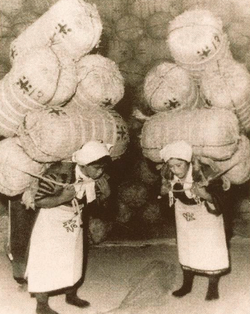
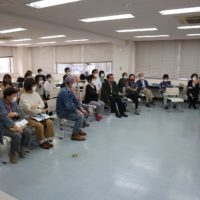
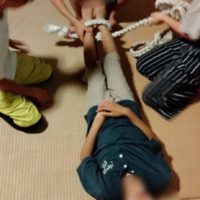
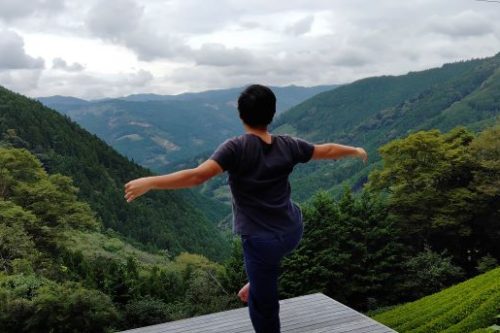
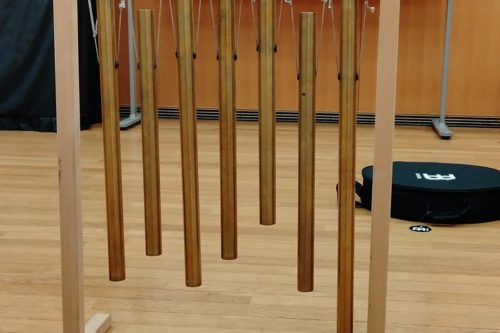
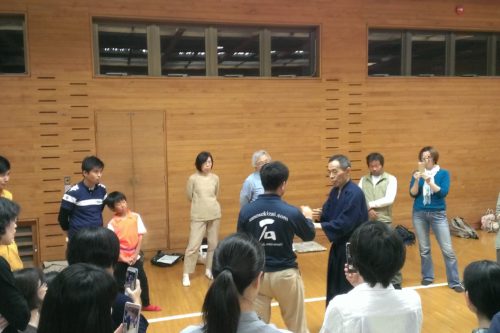
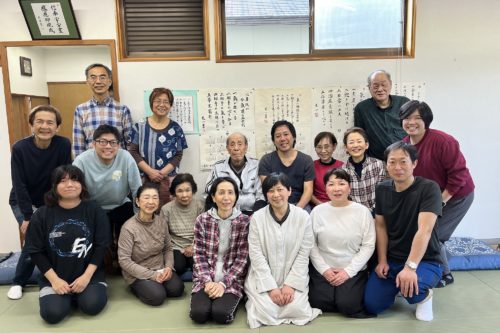
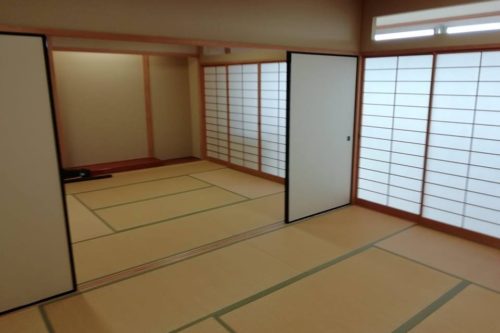
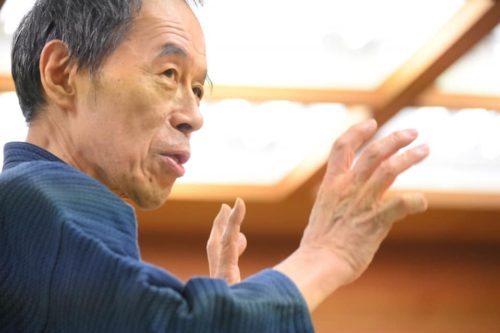
この記事へのコメントはありません。